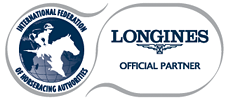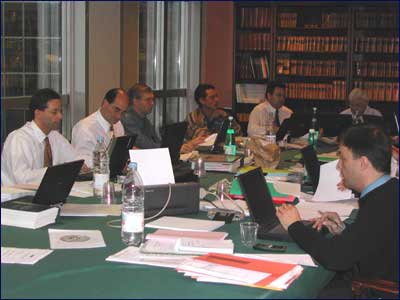- Resources
- Racing
- About IFHA
-
IABRW & Related Documents
- International Screening Limits-Urine
- International Screening Limits-Plasma
- Performance Specification of the Laboratories
- Guidelines for Out of Competition Testing
- National Gear Registers – Members
- Cobalt Threshold Values–Advisory Document
- IFHA Reference Laboratories
- Guideline on Laboratory Documentation Package
- International Agreement on Breeding, Racing, and Wagering
- Residue Limits - Urine and Plasma
- Guidance in Relation to Stud Books Placed Under Assessment
- Nationally Approved Protective Equipment
- Horses From Abroad: Qualified Status To Race
Countdown to the event
days
hours
mins
secs




